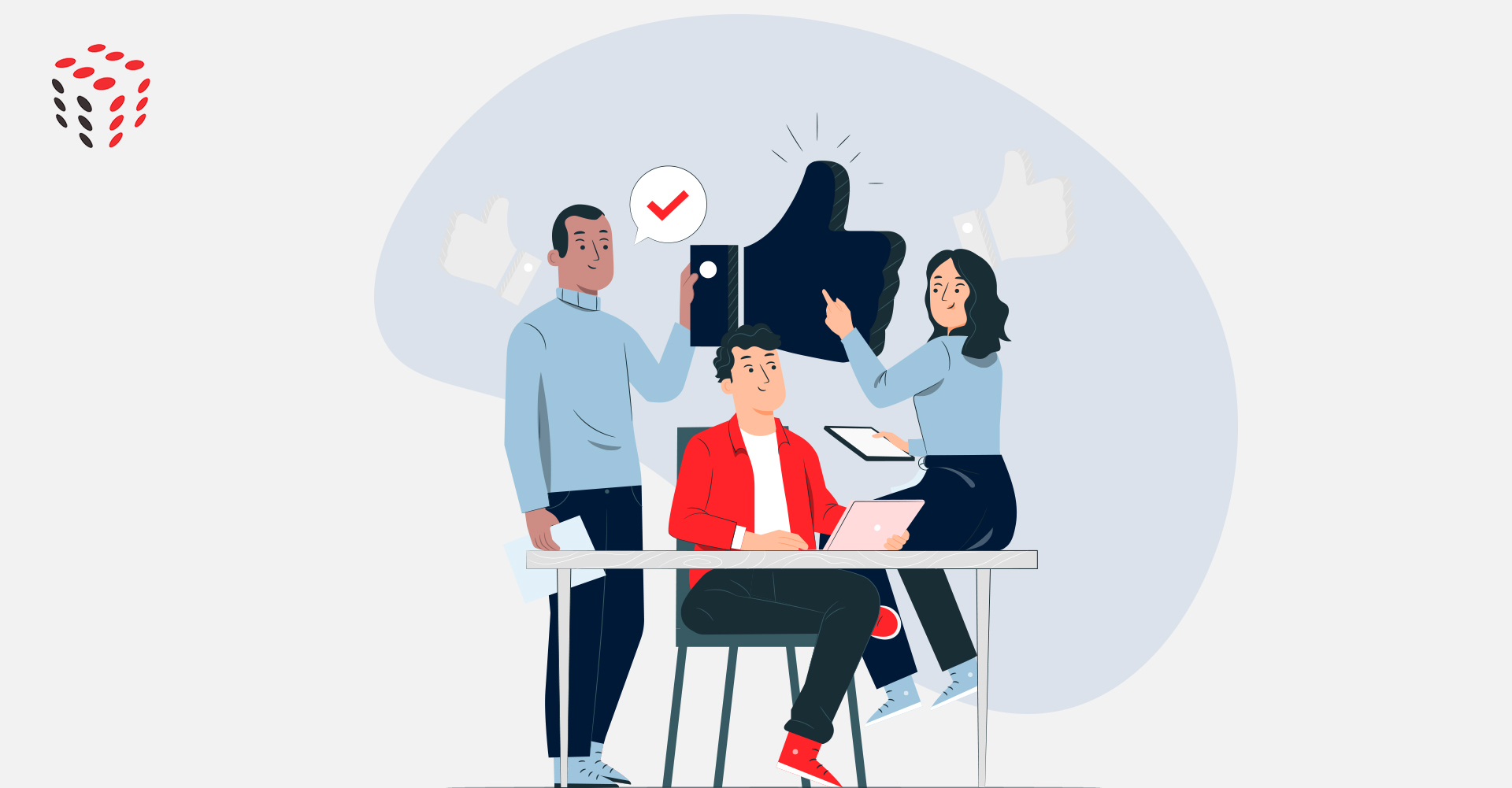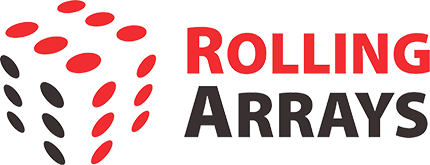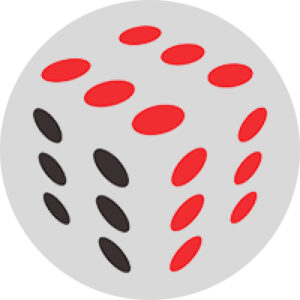
Table of Contents
Resources > Blog > Welcome to the Employee Experience Era : Five Reasons Why It’s a Game-changer
Welcome to the Employee Experience Era : Five Reasons Why It’s a Game-changer

Things change and grow in the business world, just like everything else. As things change, organisations are emphasising more on the people who work with them and letting their personalities and experiences shine through. What many people would now call “modern business,” long ago, it made sense to focus on utility. At the time, it was just about how things were done, and most organisations did the same. Then, the focus shifted to getting the most out of people and making them more productive. Then came engagement, which is about ensuring employees are happy and interested at work. Now, we’re moving on to employee experience, an organisation’s next and most crucial part. Let’s look at how this change happened and how we got to this point.
The Utility Era: We worked just to pay bills
A few decades ago, our relationships with our bosses were pretty simple. Employers had jobs they needed to fill, and we had bills to pay, things we wanted to buy, and skills we could offer, so we tried to get that open job. This fundamental relationship also meant that work was always about utility or the bare-bones tools and resources an employer can give employees to help them do their jobs. In the past, this might have been a desk, pen, notepad, phone, or just a hammer and nails. Today that is usually a computer, desk, cubicle, and phone. Can you imagine if someone from the past brought up health and wellness programmes, catered meals, bringing dogs to the office, or flexible work arrangements?
They would have been laughed at, and the worker would probably have been fired immediately. These things are relatively new and are now getting attention and investment worldwide. This trend sprung up and went mainstream mainly because of the COVID-19 pandemic. Even now, there are still a lot of businesses that are stuck in the utility world.
The Productivity Era: From simply working to becoming productive
The productivity era came after the utility era. During this time, methods were made to improve how employees worked. In the same way that swimmers and sprinters try to cut a few seconds off their times, managers use stopwatches to time how long it would take employees to finish a task. All of this was done to improve output and productivity, focusing on processes that could be done over and over again, like the famous factory assembly line. At the time, robots and automation would have been perfect for these jobs, but we didn’t have them yet, so we had to use people. Humans then are the ones who took jobs away from robots, not the other way around. Today, we have technology that can do the jobs it was made for, which means that the people who were just filling in are in trouble. As in the utility era, little thought went into making an organisation where people wanted to work. Productivity was just utility pumped up to 11!
The Engagement Era: Remember the survey forms?
Next came the engagement era, a completely new idea that made the business world say, “Hey, maybe we should pay more attention to employees and what they care about and value instead of just trying to get more out of them.” And so began the age of engagement.
This innovative approach shifted some of the focus from how the organisation can benefit and get more value from its employees to how the organisation can help its employees and understand how and why they work. We have been here for the last twenty or thirty years. Companies would send out lengthy survey forms to get employee input on certain things. The forms are usually designed to make it easier for the HR department to collate the findings. And that may mean not the most intuitive forms since it is supposed to cater to the masses and not to the unique needs of an individual.
The Employee Experience Era: It’s here, and we should embrace it
Today, the focus is on how employees feel. From the organisation’s point of view, the employee experience is what is planned and made for the employees or what the organisation thinks the reality of the employees should be.
In other words, employee experience is about making a place of business where people want to work. This usually falls into three groups: culture, technology, and space. One important thing to remember is that a company can’t provide a great employee experience if it doesn’t know its employees. If you’ve ever used a travel agent to book a trip, they spend a lot of time getting to know you so they can plan a journey that will be memorable for you.
In the same way, the organisation must know who its employees are. This means using people analytics and having a team of leaders who can connect with people on a personal and human level. And all this is made easier with an Employee Experience platform such as Qualtrics and CultureAmp. An employee experience platform is tool HR leaders use to manage all aspects of their company’s employee experience in a single place, including goals, feedback, and recognition. It also empowers organisations to take actions that put people first.
What can an employee experience platform do for your company?
Using a DMS with HRIS integration can benefit employees and employers. Some of the benefits are:
- Simplify
With a single employee experience platform driving various components of the employee experience, you boost security and bring feedback, goals, and more to the forefront of your employees’ experience. - Performance transparency
If you can’t see how the pieces fit together, they’re useless. Employee experience platforms combine goals, feedback, recognition, and more to show admins which teams are participating, excelling, or need help. - Connect you wherever you work
Remote workers struggle to feel connected. Not necessarily. Recognition and incentives can come from anyone. They bind people across geography and generations. - Keep remote workers’ culture alive.
We may not have water coolers in the future. We need new cultural tools. Employee experience platforms centralise culture. Nominate coworkers for awards, rally around accolades, and more. - Help managers advance
A platform for employee experience gives managers data and tools. So they can see their team’s performance. You can observe how they’re using the data. For example, it shows who needs more training.
Plus, organised templates for goals, 1-on-1s, and feedback help rookie managers focus on their team.
Conclusion
We’ve come a long way since the days when we only cared about utility and productivity. Employee experience gives us a chance to put the spotlight back on employees and move our organisations into a better future.




